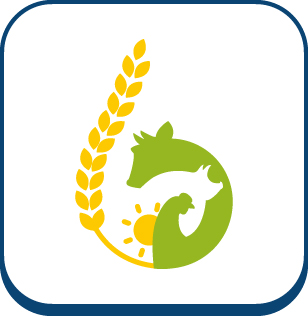Pig rearing methods and the prevalence of antimicrobial resistant E. coli
Ajouter à ma liste
Auteurs :
Mircovich C, Chauvin C, Sanders P, Bayon-Auboyer MH, Dubroca S, Rugraff Y
Faecal samples were collected from 24 pig farms at the end of the finishing period in order to assess the numbers of Escherichia coli which were resistant to 16 antimicrobial compounds. The farms were chosen according to animal husbandry criteria and the use of antimicrobials. The consequences of antimicrobial use on bacterial resistance rates were studied. In conventional farms, antimicrobial resistance rates for the commonly used compounds were high (tetracycline: 95%, sulfonamides: 65%), some antibiotics which had been used extensively in the past caused significant resistance rates to persist (streptomycin: 62%, chloramphenicol: 7%). Little or no resistance was observed for some compounds which are used in human medicine. In farms where antimicrobial use is exceptional, resistance is less frequent but is seldom completely absent. Finally, in farms where pigs were reared according to less intensive methods, but where there were no restrictions on antimicrobial use, the global resistance profile was only slightly different from that observed in conventional farms. In conclusion, this study provides an initial evaluation of the level of antimicrobial resistance in French farms and it establishes a general link between rearing methods and antimicrobial resistance levels.
Fiche technique
Titre :
Pig rearing methods and the prevalence of antimicrobial resistant E. coli
Date sortie / parution :
2004
Référence :
Journées de la Recherche Porcine (Fra), 2004, Vol.36, p. 365-370







